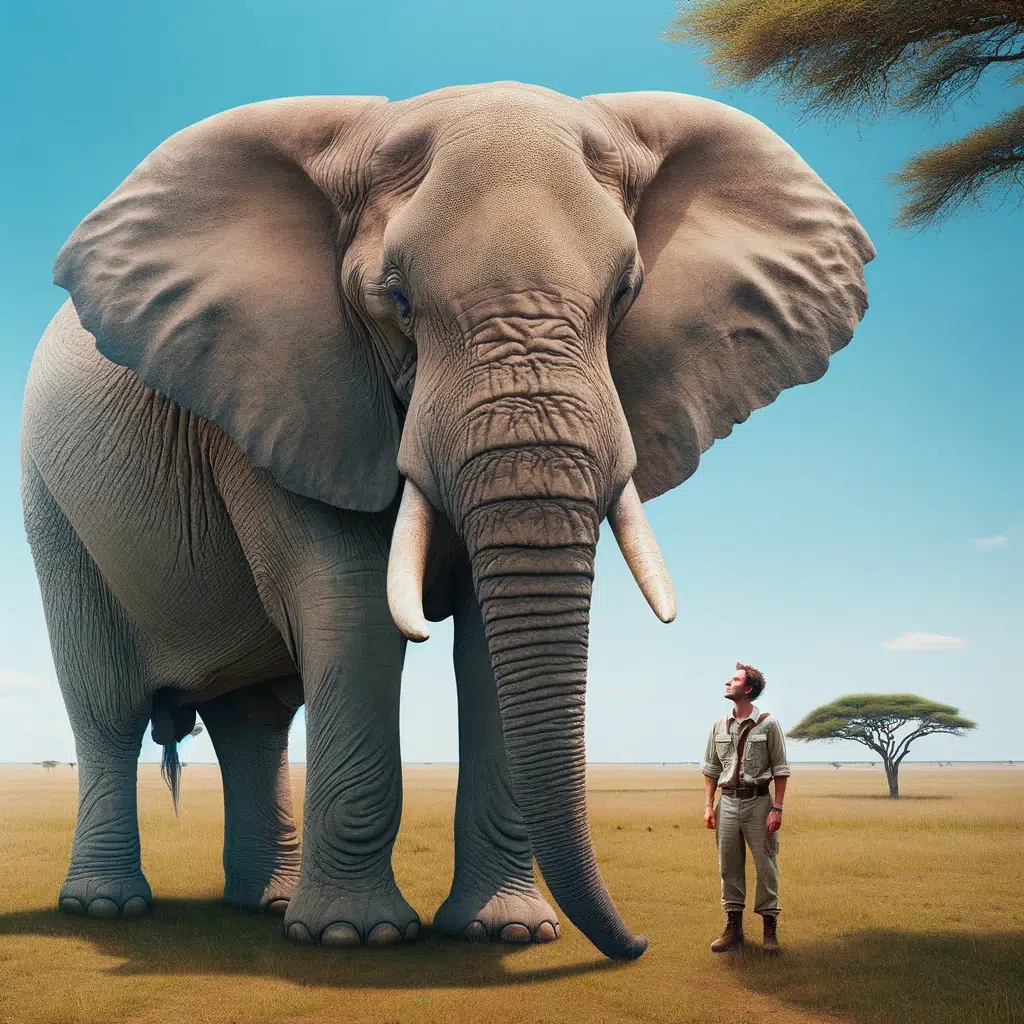In this post we’ll get to know elephants, the largest land animal to walk our planet, a little bit better and uncover the largest elephant ever recorded.
Have you ever wondered how big an elephant can get? While elephants are known for their impressive size, there was one elephant that stood out among the rest – the “Giant of Angola,” the largest elephant ever recorded.
Before looking at the biggest elephant ever recorded, we’ll take an in-depth look at elephants as a species and their many impressive features. We’ll also compare the African and the Asian elephants against each other.
Jump ahead to any section below:
The African Elephant Species
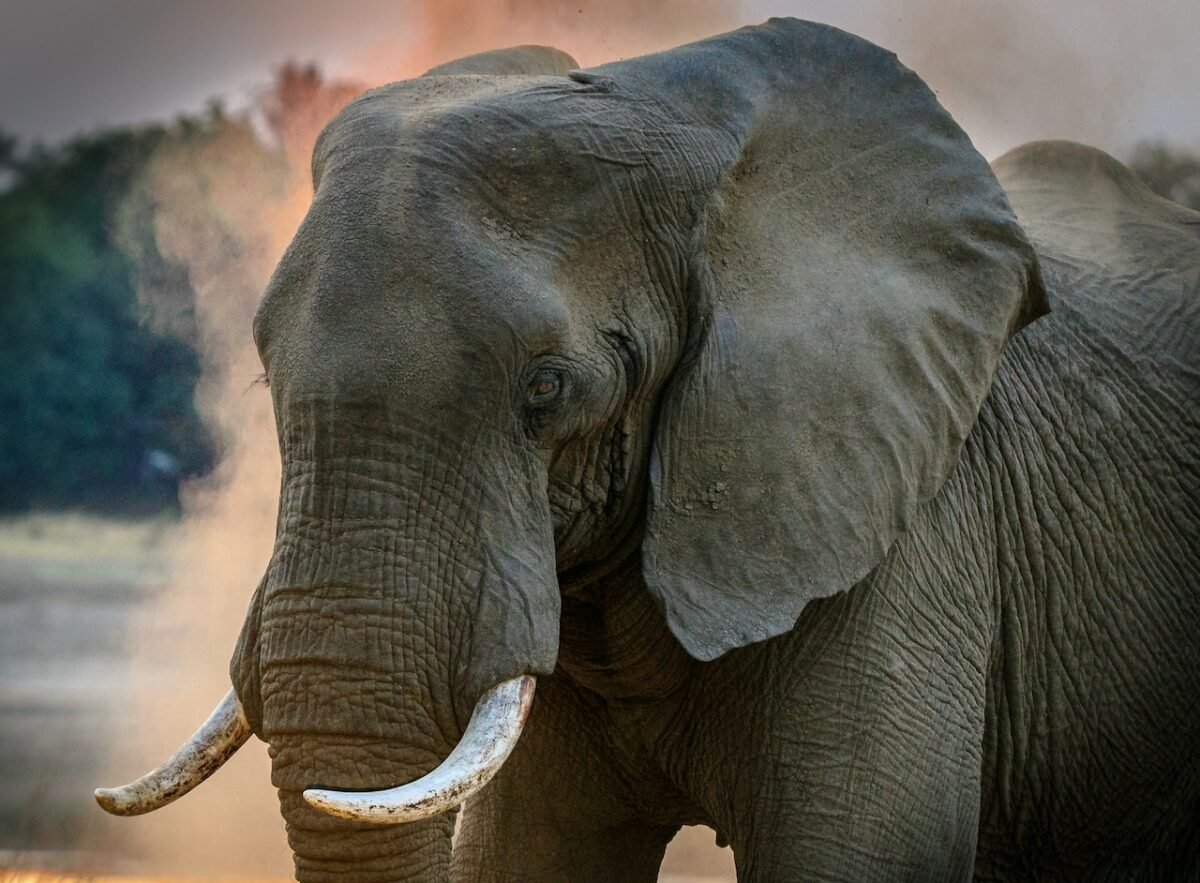
African elephants are the largest land animal on earth.
They can weigh up to 15,000 pounds (7,000 kg) and stand at a height of up to 13 feet (4 meters.) African elephants are further classified into two subspecies: the savanna elephant and the forest elephant.
Savanna elephants, also called bush elephants, are the largest of the two. They are found in grasslands and savannas across Africa. Forest elephants, on the other hand, are smaller and live in the dense forests of central and West Africa.
What Are the Differences Between African and Asian Elephants?
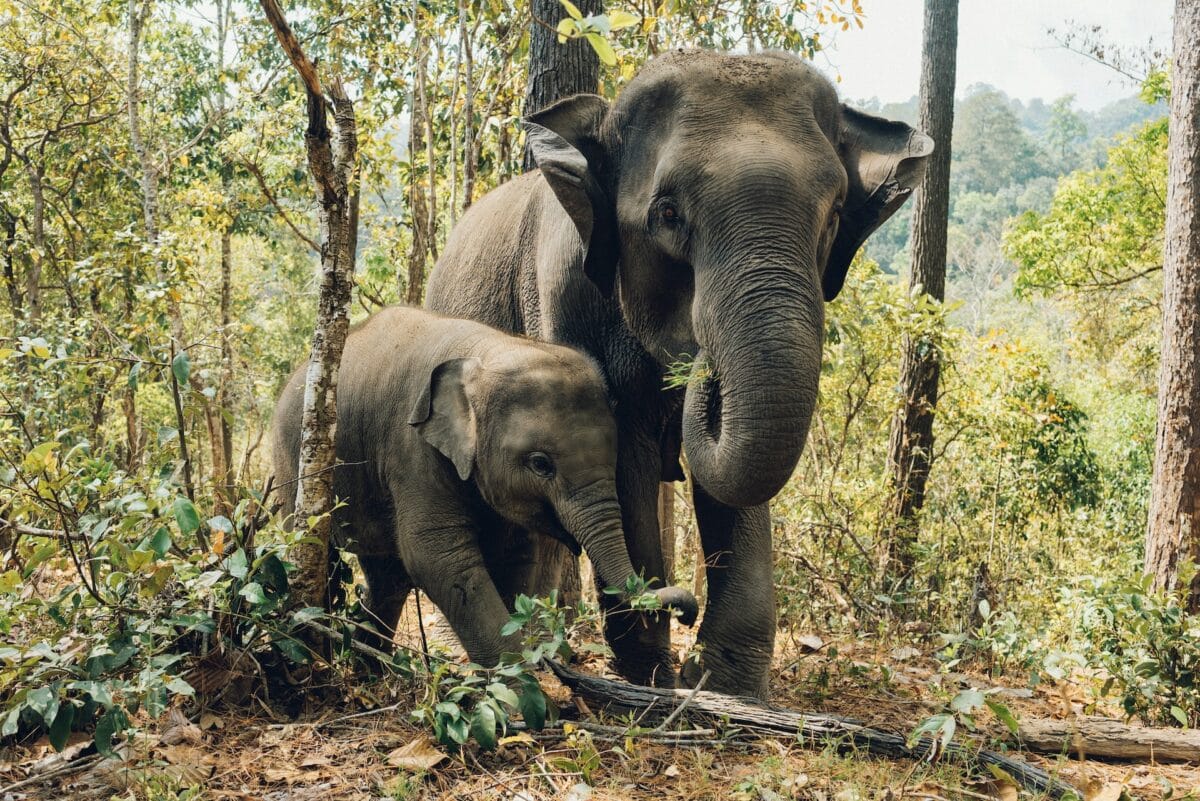
Elephants are majestic creatures that have captivated the hearts of humans for centuries. They are the largest land animals on Earth and are known for their incredible strength, intelligence, and complex social behaviors.
There are two main species of elephants, the African and Asian elephants. While they may look similar at first glance, they have some significant differences that set them apart.
Let’s explore some of the key differences between these two magnificent animals.
#1 Size and Physical Appearance
The first and most obvious difference between African and Asian elephants is their size and physical appearance.
As you can imagine, African elephants are larger than their Asian counterparts, with the males standing up to 13 feet tall and weighing up to 14,000 pounds. The male Asian elephant “only” stands about 9 feet tall and weighs up to 11,000 pounds.
African elephants also have significantly larger ears that resemble the shape of the African continent. On the other hand, Asian elephants have smaller, rounded ears.
Another noticeable difference is the shape of their tusks. African elephants have much larger tusks that can weigh up to 200 pounds each, while Asian elephants have smaller tusks that are often absent in females.
Despite the elephant’s huge size, other wild animals have been brave enough to attempt and attack – read about one such instance here.
#2 Habitat and Range
African elephants inhabit a variety of habitats. Some of these habitats include savannas, forests, and deserts. They are present in 37 countries across the African continent.
Asian elephants, on the other hand, are present in 13 countries across Asia, including India, Sri Lanka, and Thailand, and prefer forested habitats.
#3 Behavior and Social Structure
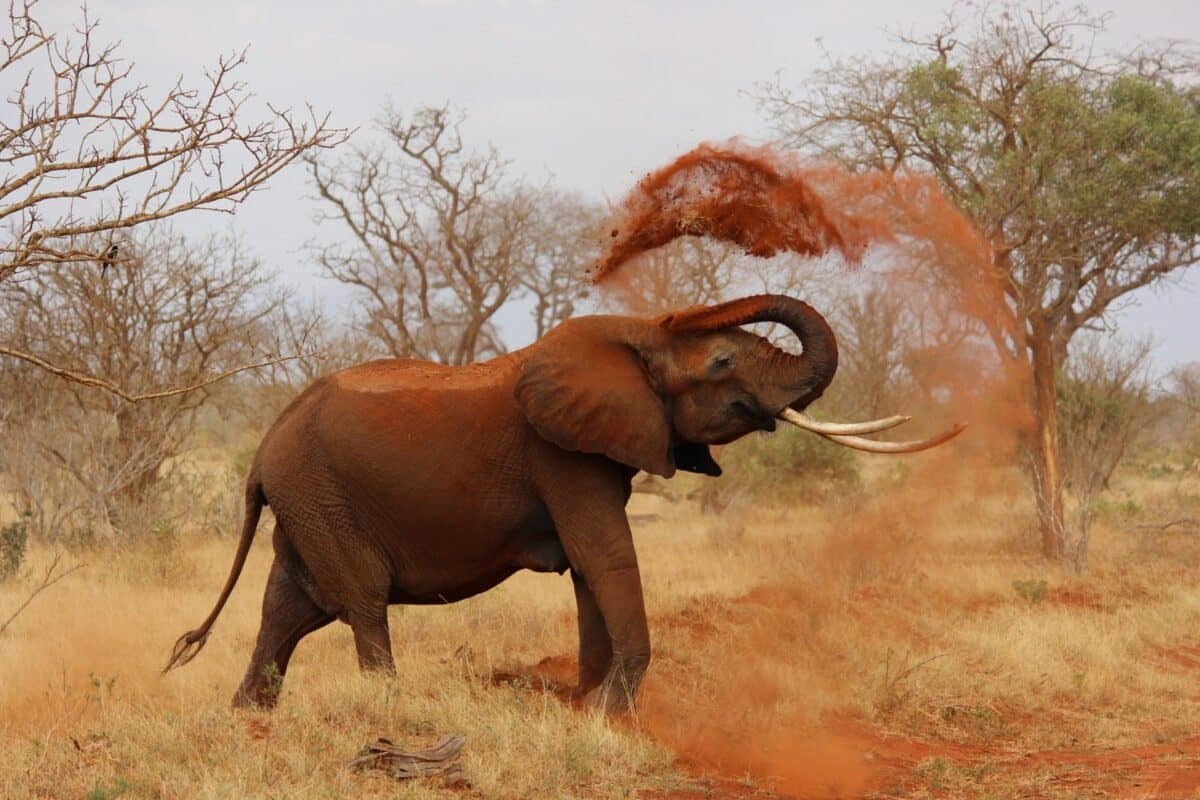
Both African and Asian elephants are very social, but they differ in their social structure. African elephants live in large herds consisting of up to 100 elephants which is led by a matriarch. On the other hand, male Asian elephants tend to be live alone, and females live in small family groups.
African elephants impress us with advanced communication and social interaction, using vocalizations and body language to communicate. Asian elephants, though, are less vocal and rely on physical touch and scent to communicate.
#4 Diet and Eating Habits
African and Asian elephants have similar diets, consisting mainly of grasses, leaves, bark, and fruit. But when it comes to their eating habits they are very different.
African elephants are super powerful and have the ability to tear up trees and shrubs to get to leaves and bark. Meanwhile, Asian elephants pluck leaves and fruit from trees with their trunks.
Likewise, they have different drinking habits. African elephants can consume up to 50 gallons of water in a single day and often use their trunks to spray themselves with water to cool down. In contrast, Asian elephants prefer to bathe in water and use their trunks as snorkels while swimming
An Overview of the African Vs. Asian Elephant
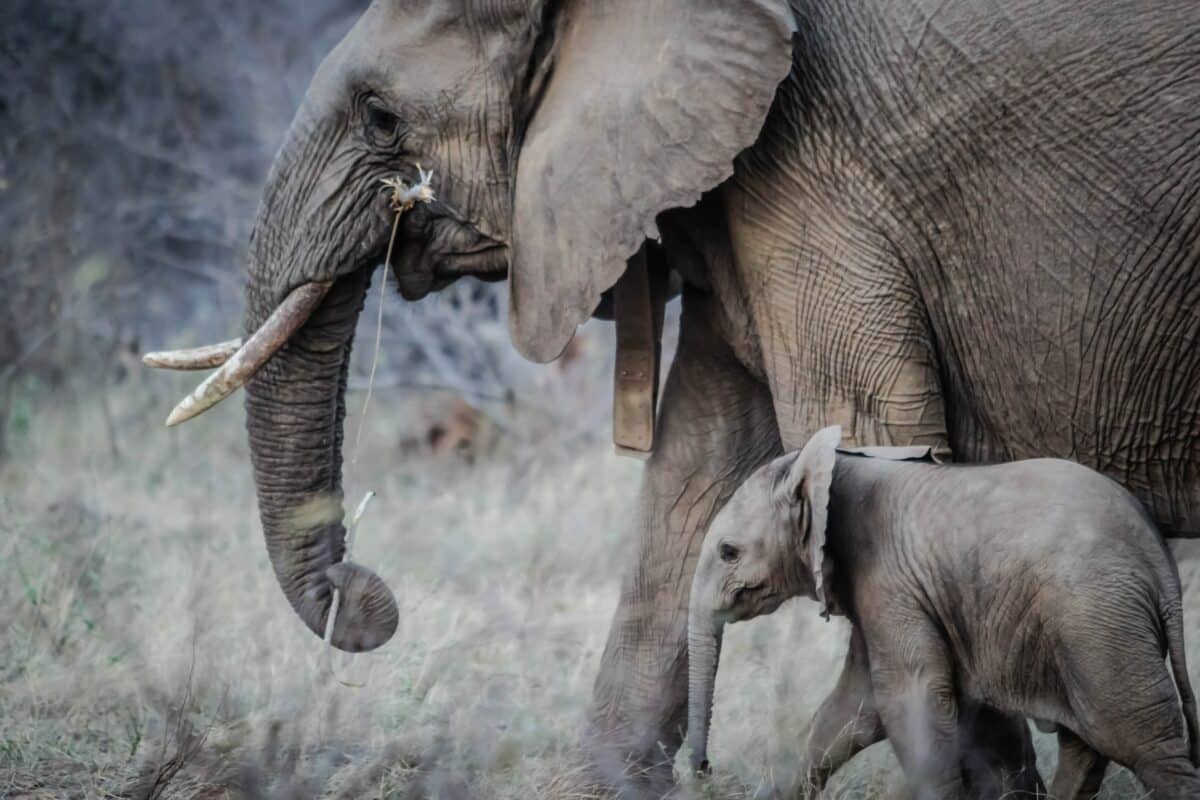
| African elephants | Asian elephants | |
|---|---|---|
| Size and physical appearance | Larger, males stand up to 13 ft tall and weigh up to 14,000 lbs, larger ears, larger tusks | Smaller, males stand up to 9 ft tall and weigh up to 11,000 lbs, smaller ears, smaller tusks |
| Habitat and range | Present in 37 countries across Africa, inhabit savannas, forests, and deserts | Found in 13 countries across Asia, prefer forested habitats |
| Behavior and social structure | Live in large herds led by a matriarch, up to 100 individuals, complex communication and social interaction | Males tend to be solitary, females live in small family groups, less vocal, rely more on physical touch and scent to communicate |
| Diet and eating habits | Similar diets, African elephants can tear up trees and shrubs to access leaves and bark, Asian elephants use their trunks to pluck leaves and fruit from trees | Similar diets, African elephants can consume up to 50 gallons of water in a day, while Asian elephants prefer to bathe in water and use their trunks as snorkels while swimming |
The Giant Of Angola (The Largest Elephant Ever Recorded)
In 1956, a group of hunters were on a safari in Angola when they came across an elephant unlike any they had ever seen before.
This elephant was so large that they could not believe their eyes. The hunters later shot the elephant and recorded its measurements. Two years later, in 1959, his skin was donated to a Natural History Museum in Washington – the Smithsonian Institute. He remains there to this day, and is one of the museum’s most popular attractions. (There are many other mammals that are impressive because of their size – but rather because of how small they are.)
Size and Weight
The Giant of Angola was a male elephant, and according to estimations he stood at an incredible height of 13 feet at the shoulder. This is taller than any other recorded elephant in history. His weight was estimated to be over 24,000 pounds, making him one of the heaviest elephants ever recorded as well.
Tusks
One of the most striking features of the Giant of Angola, or “Henry” as he’s also called, was his tusks. His tusks were over 11 feet long and weighed around 220 pounds each (which is more than double the weight of the tusks of a typical African elephant!) In other words, he is well deserving of the title of the largest elephant ever recorded.
Ears
Elephants have large ears that they use to regulate their body temperature, and the Giant of Angola was no exception. However, his ears were particularly large, even for an elephant. They measured over 6 feet in length – taller than the average human even.
Trunk
An elephant’s trunk is one of its most important features. The Giant of Angola had a an incredibly strong and dexterous trunk, reaching over 10 feet in length. Just like other African Elephants, he’d use it to uproot trees, carry heavy objects, and even pick up small objects like a coin.
Feet
Elephants have massive feet that are designed to support their enormous bodies. Giant of Angola naturally also had huge feet – they measured over 3 feet in diameter. They could support his massive weight and help him move through rough terrain with ease.
The Significance of the Elephant in African Culture
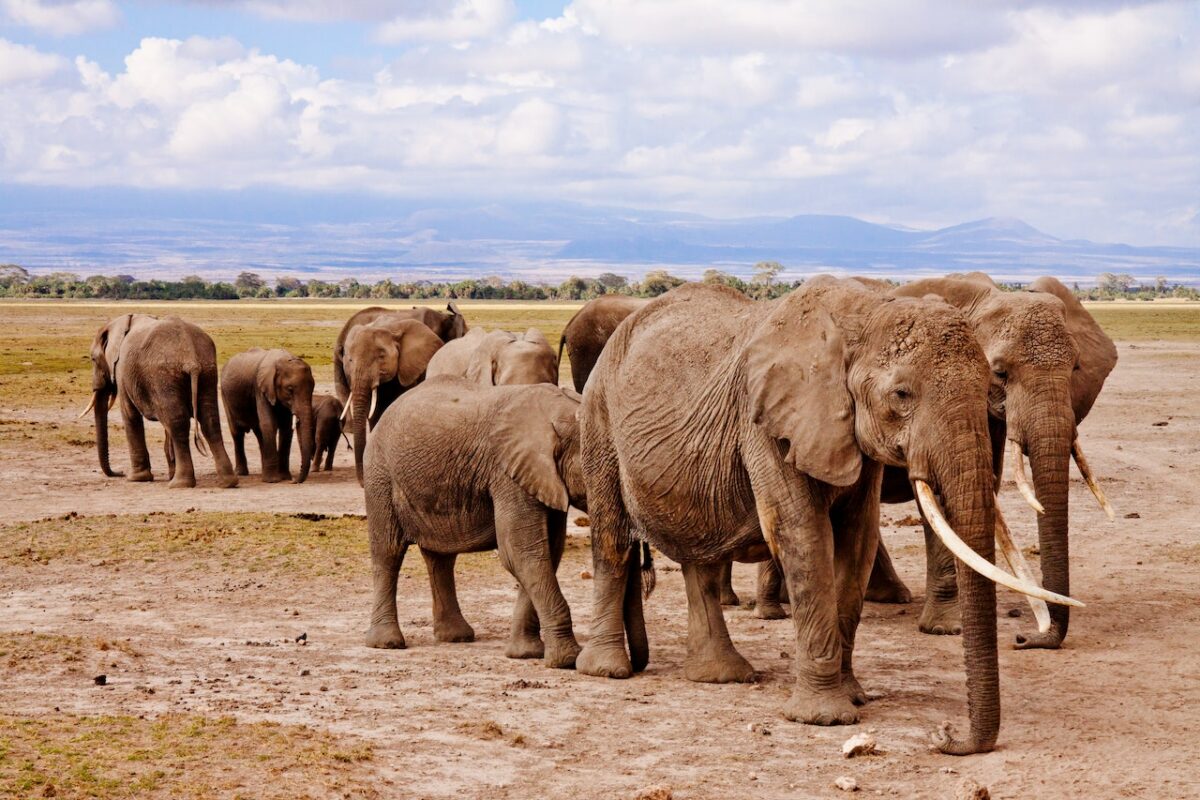
The African elephant has played a significant role in the culture and mythology of Africa. When they are featured in stories, they are often celebrated for their strength, intelligence and gentle nature.
In many African societies, the elephant is a symbol of power, wisdom, and longevity. Click here to find out about the many other fascinating species that exist of the diverse continent of Africa.
The Elephant as a Symbol of Power
Because of their massive and majestic size, elephants are naturally associated with power.
The Ashanti people of Ghana, for example, believe that elephants are messengers of the gods and in Zambia, the elephant is the national symbol and is featured on the country’s coat of arms.
The Elephant as a Symbol of Wisdom
The Shona people of Zimbabwe, believe that elephants are the wisest of all animals and have a deep spiritual connection with them.
The Elephant as a Symbol of Longevity
The elephant’s long lifespan has led many African cultures to view them as a symbol of longevity. In many African myths, the elephant is said to possess the secret of eternal life.
The Elephant in African Mythology
In some African myths, elephants are said to have supernatural powers, such as the ability to control the weather or to speak with the dead.
7 Surprising Myths About African Elephants Debunked
#1 Elephants are afraid of mice
This myth likely comes from misunderstanding elephant behavior. Elephants have poor eyesight and rely heavily on their sense of smell and hearing to detect any danger. So it may be likely that they react to the sound or movement of a mouse, but not out of fear, just surprise.
#2 Elephants can’t jump
Yes, it is true that elephants cannot jump in the same way we humans do. However, they are actually able to lift all four feet their off the ground at once. Because it’s not quite jumping, it’s called “dancing” instead and is mostly seen in baby elephants playing around.
#3 Elephants have bad memories
On the contrary, elephants have excellent memories. They are capable of remembering specific individuals and places for many years, even decades.
#4 Elephants are always gentle
While elephants are generally known for their gentle nature, you definitely don’t want to test their boundaries. As with most animals, they can become particularly aggressive if they feel threatened or if they are protecting their young.
#5 Elephants can communicate with humans
While elephants are highly intelligent and have complex communication systems, they cannot communicate with humans in the traditional sense. However, humans have been able to develop some level of understanding through observation and research.
#6 Elephants eat only vegetation
While elephants are herbivores and do primarily eat vegetation, they have been known to occasionally eat small amounts of meat, such as the bones and hides of dead animals.
#7 Elephants are solitary animals
While male elephants do tend to be solitary, female elephants and their young form close-knit social groups. These groups are led by a matriarch, who is typically the oldest and most experienced female in the group.
Which Country Is Called the Land of Elephants?
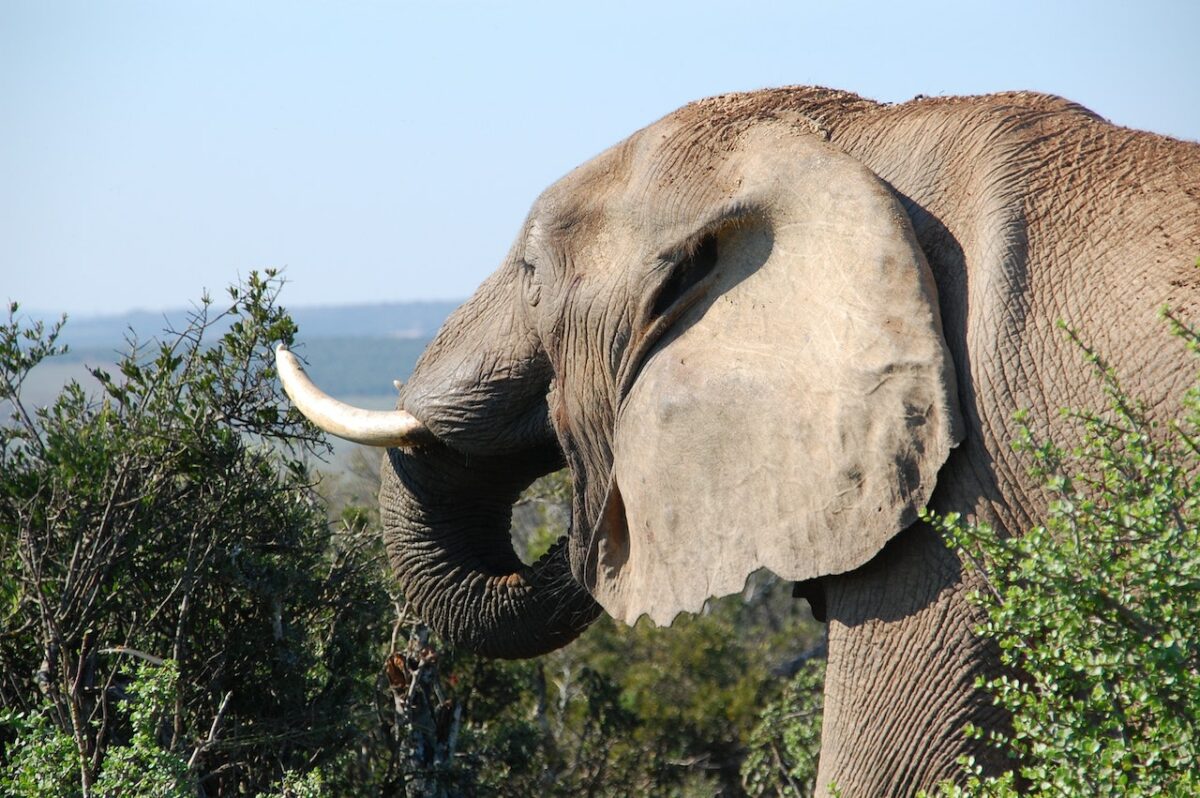
Laos is often referred to as the “Land of a Thousand Elephants” because historically, it had super large population of elephants. Sadly this is not quite the case anymore. Due to habitat loss and poaching, the elephant population in Laos has declined significantly in recent years. It is estimated that there are currently only a few hundred elephants remaining in the wild in Laos.
Several other countries have been referred to as the “Land of Elephants” due to their large elephant populations and cultural significance of the animal.
These countries include:
- Thailand
Thailand is known for its rich history of elephant domestication and training, and elephants have played a significant role in Thai culture for centuries. The country is also home to several elephant sanctuaries and conservation efforts.
- Botswana
Botswana has one of the largest elephant populations in Africa, with estimates of over 130,000 elephants in the country. Elephants are highly protected in Botswana, and the country has been praised for its conservation efforts.
- Zimbabwe
Zimbabwe is another African country known for its significant elephant population, with estimates of over 84,000 elephants in the country. The country also has several national parks and reserves dedicated to elephant conservation.
Conclusion
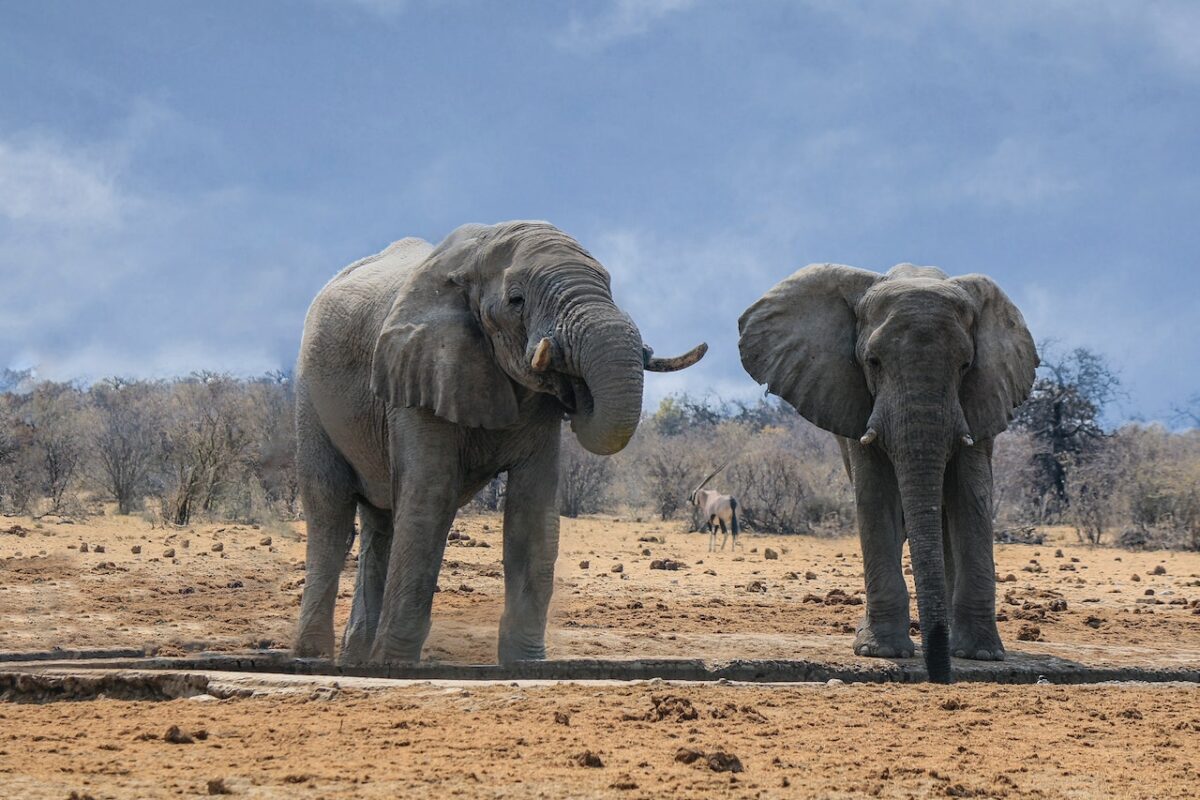
In my opinion, the African Elephant is truly the most majestic creature on the planet. Their size is definitely breathtaking, but I think we should be more impressed with them because of their almost human-like intelligence and emotional capabilities.
Thank you for reading this article on the elephant species and the largest elephant ever recorded! If this has put you in the mood to witness elephants in real life, read our post on where to spot these majestic mammals or Meet The Adorable Photosynthesizing Leaf Sheep.
- Chicago Cat Jumps From 5th Floor of Burning Building and Survives - April 22, 2024
- The Cruelest Contest in the World: Rattlesnake Round-Ups - April 21, 2024
- Rare Footage: Wild Fox and Pet Cat Play-Date - April 21, 2024

